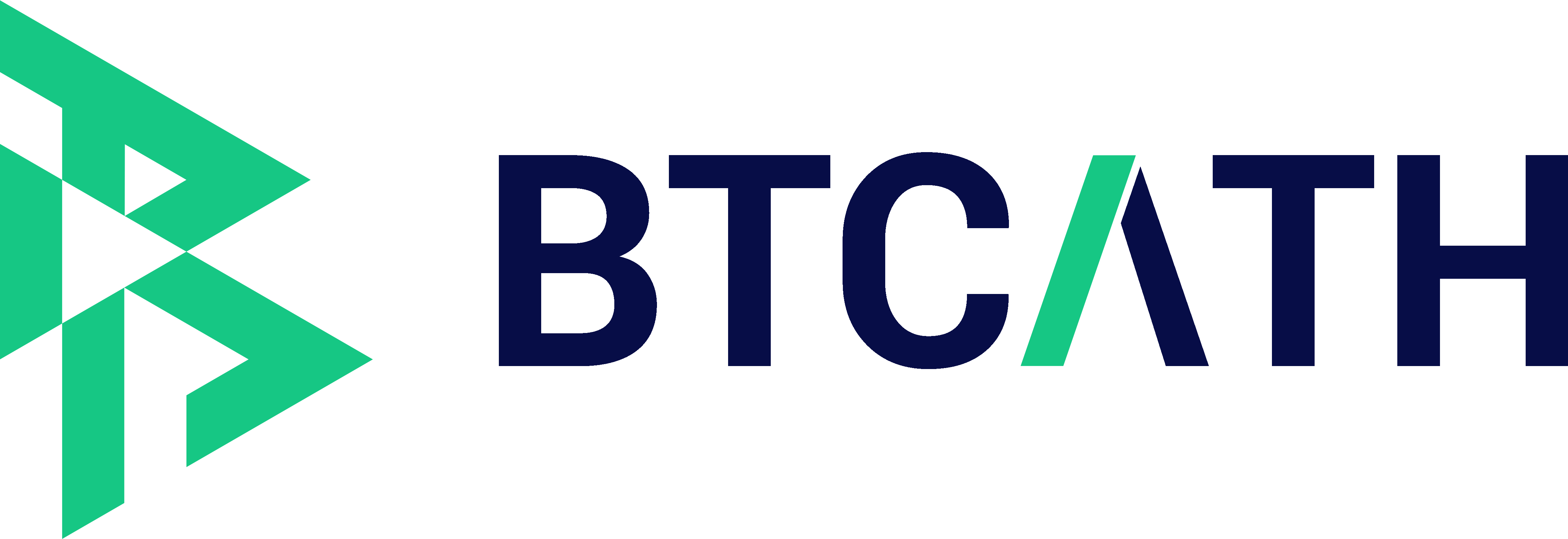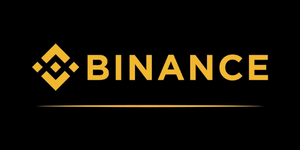Check out our comprehensive cryptocurrency glossary to help you to understand the basics of Bitcoin, blockchain & cryptocurrencies.
What is Proof of Work (PoW)? Proof of Work (PoW) is a blockchain consensus mechanism in which the network is maintained through the process of mining. In this process, miners provide computing power and compete to solve complex cryptographic puzzles required to validate transactions made on the network. In return, miners are compensated with a…
What is Know your Customer (KYC)? Know Your Customer, conveniently referred to as KYC, is a compliance process introduced by regulators for companies to check the identity and risk level of their clients. This KYC process typically requires an official identity check using a driver’s licence, passport or ID card. Which cryptocurrency services usually ask…
What is Binance USD (BUSD)? Binance USD, abbreviated as BUSD is a cryptocurrency founded by Paxos and Binance that is pegged to the U.S. dollar. In other words, one BUSD always has a value of one U.S. dollar. BUSD falls under the category of stablecoins, which aim to provide stability to the volatile cryptocurrency market.…
In essence, a collateral is simply anything a borrower provides to the lender to obtain a loan. It is an asset which the lender is able to sell or liquidate if the borrower fails to make the repayment on the due date. It acts as a protection for the lender and a reminder for the…
What is an escrow? Someone who helps two parties trade by solving the problem of trust is termed as an escrow. The term escrow is generic and informally in some places also referred to as a middleman since the person or group acts in the middle of a trade. The need for escrow arises in…
The term 51% attack refers to a scenario in Proof of Work (PoW) blockchain consensus mechanisms where over half of the hash power (essentially 51%) is controlled by a malicious actor who is thus able to disrupt the blockchain’s functionality. The attacker could manipulate transactions, for example, by preventing the confirmation of transactions, changing their…
Dust refers to very small fractions of cryptocurrencies that have a very low value. Due to this low value, in contrast to the transaction costs, it is not worth transferring these small cryptocurrency denominations, which is why they often remain on the wallets of numerous investors. However, Dust transactions can also be carried out in…
In the blockchain context, the term Mainnet refers to a fully functional, developed and already released blockchain network. While the Mainnet has already started operations, the term Testnet refers to a blockchain network that is not yet operational. See: Blockchain, Blockchain Explorer, Testnet.
Unlike the Mainnet, the Testnet is a blockchain network that is not yet operational and has not yet been released. Testnets are often used to test functionalities before the release of a new blockchain network. Testnets are also used to test changes or new functionalities on a separate blockchain or to develop existing blockchain networks.…
The term Nonce stands for “number only used once” and can be located in the context of the Proof of Work (PoW) method in the mining process. Thus, in order to confirm transactions, the correct number or Nonce must be found, which then allows the new transaction to be attached to existing blocks. See also: Proof of…









